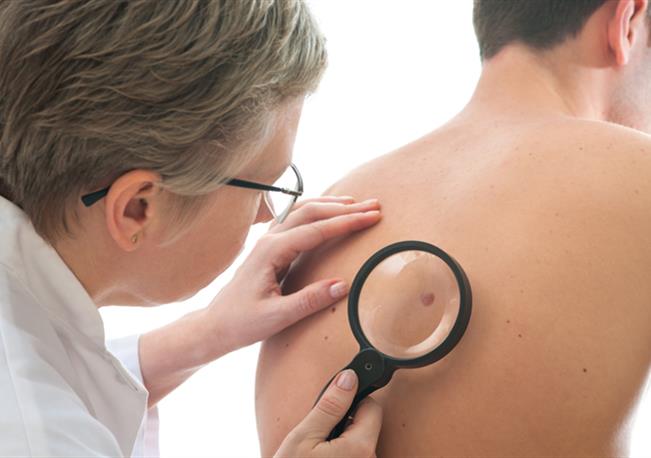When Should You Worry About Your Mole?

Every individual has a mole on their skin.
On average, a person has at least 10 but not more than 40 moles. Most moles tend to appear at the age of 20 and can appear anywhere at your body. Scientifically, genetics is the underlying factor to the pattern of the moles in your skin. However, other factors such as sun exposure can make the moles on your skin to get darker and cause you to develop more moles. Additionally, new moles tend to surface and the existing become larger and darker during teenage-hood and when you become pregnant.
It is important to take good care of your skin in order to prevent skin cancer. It is also recommended to keep checking your skin for any abnormalities, and that includes paying close attention to moles. But what should you be looking out for? What are the signs that the chance in mole pattern and appearance may be indicating the potential of becoming cancerous? And how can you safely know that the moles are perfectly normal? Some mole aesthetics could pose a cause for concern but others could mean you have nothing to worry about.
Most dermatologists say that moles are like a family and there should always be a second mole that resembles the other. In case there is a mole that does not fit on your body and does not match with any other, professional screening from a skin cancer specialist is highly recommended. Every person is advised to closely monitor their moles after every three months using the common ABCDE technique; that is checking whether the moles are asymmetry, have irregular borders, irregular color, are increasing in diameter or, evolving.
Asymmetrical Moles
Benign is a non-cancerous mole that is usually symmetrical. Moles are supposed to be perfect but should not be asymmetrical. If a mole is asymmetrical, seek a skin cancer specialist for further screening.
Moles Raised Above the Skin
Moles can be raised for various reasons. Benign intradermal moles are examples of healthy but raised moles. However, raised moles should be closely monitored for changes. Additionally, moles that change and become raised generally are a cause for concern and one should visit a skin specialist for help.
A Big Mole
Congenital moles, commonly known as birthmarks are generally big in size and they do not pose any health concern. However, due to their size and dark nature, they are potentially at a higher risk for melanoma. Therefore, they should be closely monitored for any changes or abnormalities.
Mole With Many Colors
Multiple colored moles are a cause for concern and you should visit a skin cancer specialist for advice.
A Very Dark Mole or Black in Color
Some skin types are known to have darker moles. However, if one mole is darker than the rest, seek professional advice from a skin specialist.
A Mole That is Growing in Size and Changing in Color
Moles exhibit a tendency to change gradually over time. They can slowly change color or disappear completely. However, any change should never be drastic or in a short span of time. If that happens, visit a skin specialist for advice.
Mole With Uneven Border
A change of border to any mole needs to be examined by a skin specialist
The experts at Dermatology Consultants of Frisco are specially trained to treat skin conditions no matter how severe. We'll also recommend a daily skincare routine to help you achieve a younger, healthier, and more vibrant appearance. Contact us today at (972) 335-2727 to schedule your consultation.

